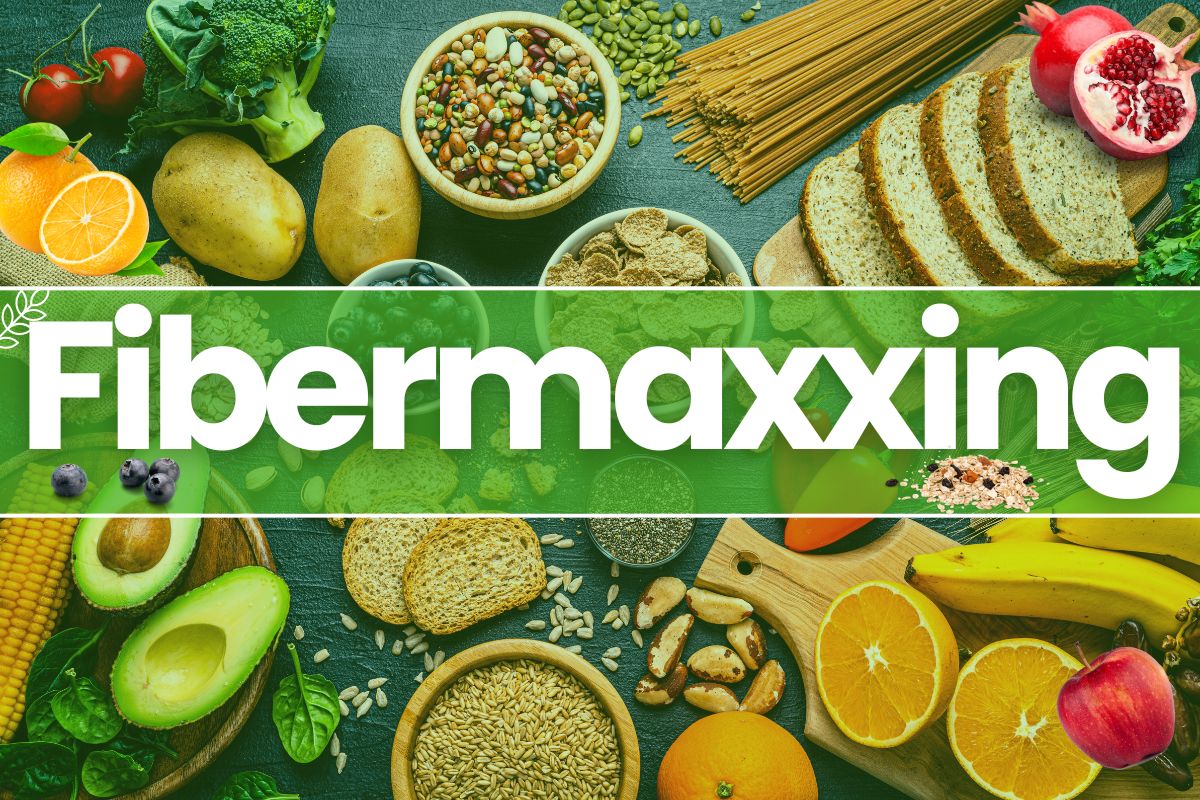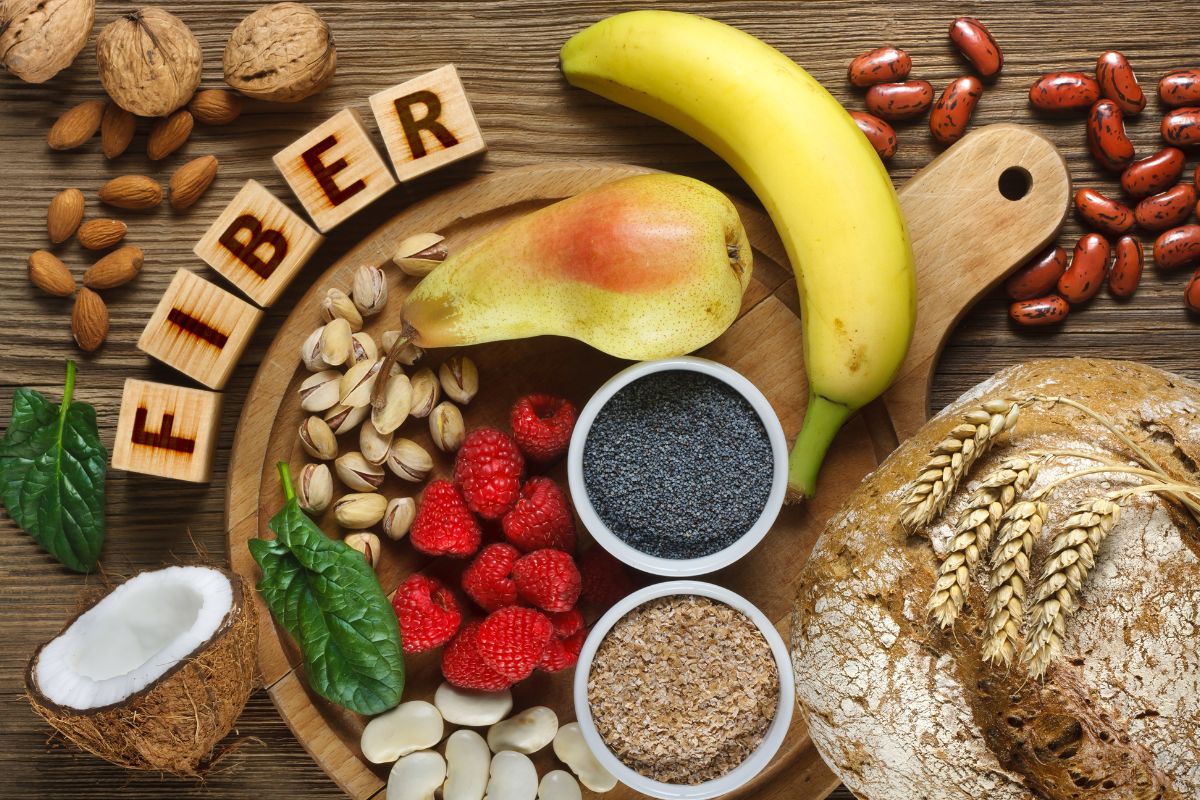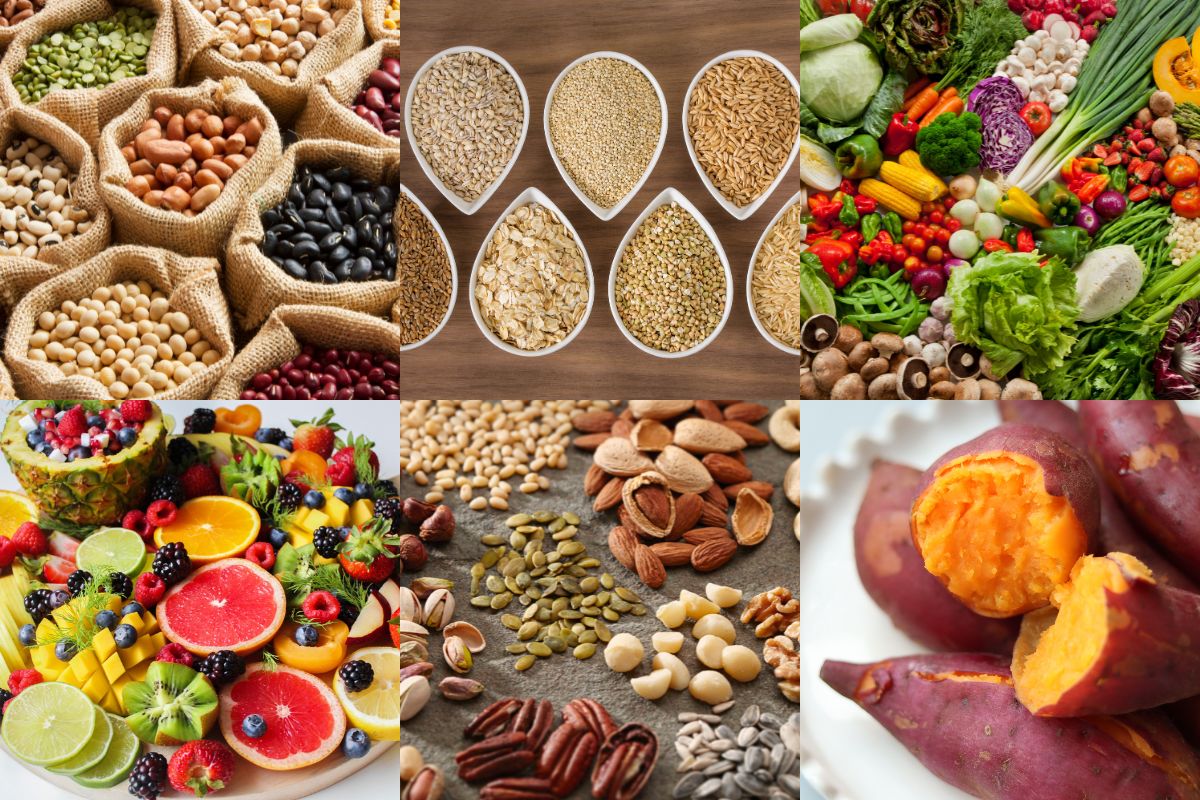

Fiber has always been an essential nutrient, but in 2025, it has become the star of a movement. Known as fibermaxxing, this trend focuses on maximizing daily fiber intake through plant-rich meals, snacks, and supplements. Across social media, health communities, and even nutrition conferences, people are embracing fiber not only as a digestive aid but as a complete wellness tool.
Unlike restrictive diets that cut calories or demonize food groups, fibermaxxing emphasizes abundance, variety, and gut nourishment. It’s a trend that’s more than just hype—it addresses a genuine global nutrition gap.
Fibermaxxing is the purposeful act of eating more fibre than the average person does in a day, focusing on plant-based foods such as fruits, vegetables, legumes, whole grains, nuts, and seeds. According to the U.S. Dietary Guidelines, women should eat around 25 grams of fiber a day, and men should consume about 38 grams of fiber a day. The goal is to meet or exceed these amounts.

Most adults don’t get enough fibre every day, and studies show that less than 10% of people in Western countries do. Fibermaxxing tries to fix this mismatch by having you change what you eat and how you live, and sometimes they even use supplements like psyllium husk or inulin powders to make up the difference.
This is very important to know: “fibermaxxing” is not a medical or clinical word. It came from social media as a smart way to talk about the importance of eating foods that are high in fiber.
For a long time, fibre was thought of as a “boring” ingredient that was only found in bran cereals and digestive aids. Science has brought it back into the news today. Several studies have found that fibre is connected to:

The newfound interest in fibermaxing shows a change in the way people think about food: instead of avoiding it, people are focusing on nutrient density and building meals around abundance.
Fibre in food makes stool thicker and helps keep bowel movements regular. Oats and chia seeds provide soluble fibre, which absorbs water and makes stools softer. Whole grains and vegetable skins have insoluble fibre, which helps things pass through the intestines.
Fibre is a prebiotic, which means it feeds good bacteria in the gut. Bacteria break down fibre and make short-chain fatty acids like butyrate, which reduce inflammation and make the lining of the intestines stronger.
Foods high in fibre keep you full longer because they slow down the emptying of your stomach. This can help you eat less, be more careful of what you eat, and keep your weight stable without having to cut back on calories.
Fibre stops big sugar rises after meals by slowing down digestion. This makes fibermaxxing especially tempting for people who have insulin resistance or want to keep their energy levels stable throughout the day.
Soluble fibre can stick to cholesterol particles in the digestive tract, which can help lower LDL (“bad”) cholesterol and the risk of heart disease in general.
Eating fibre regularly has been associated with a lower risk of long-term diseases such as type 2 diabetes, colon cancer, and obesity. It also helps people live longer by lowering inflammation throughout the body.
Fibermaxxing has many great benefits, but doing too much of it or increasing your intake too quickly might cause problems.

Nutritionists suggest slowly increasing your daily consumption by 3 to 5 grams per day until you reach your goal. They also say to drink plenty of water, since fibre needs water to go through the digestive tract properly.
If you only eat 10 grammes of fibre a day right now, try to eat 15 grammes, then 20 grammes, and so on. This gives your gut bacteria and digestion time to adjust.
For the best results, eat both soluble and insoluble fibre. For instance, oats (which dissolve) with apple slices and walnuts (which don’t dissolve) make a healthy breakfast.
Water is absorbed by the fibre. It can make you constipated, instead of avoiding i,t if you don’t drink enough fluids. Drink at least 8 cups of water every day.
Fibre supplements are helpful, but they shouldn’t take the place of entire fruits, vegetables, and grains. Whole foods have phytonutrients, antioxidants, and extra vitamins.
For meals that keep your energy steady and help your general health, eat foods that are high in fibre, protein, and healthy fats.
Watch how your body reacts. If you keep getting bloated, uncomfortable, or irregular, cut back a little and make changes. People who have digestive problems may find it useful to talk to a dietician.
Here are some of the finest meals to eat while you are trying to fibermax:

These meals not only add fibre, but they also give you a lot of important nutrients and antioxidants.
Fibermaxxing is different from fad diets that focus on cutting back because it focuses on adding rather than taking away. Adding additional vegetables, grains, and seeds to meals makes them organically full of nutrients and balanced. This method is long-lasting since it doesn’t cut out any food groups. Instead, it promotes whole-food nutrition and increases the variety of foods you eat. Health professionals say that developments like this could help fix a big problem with diets. Fibermaxxing is a realistic option that can enhance public health outcomes if used properly, since most people don’t get enough fibre every day.
The term “fibermaxxing” isn’t just cool; it shows that people have changed the way they think about food. People can improve their digestive and gut health, control their hunger, and avoid getting diseases in the long run by choosing to eat more fiber. Balance is still important. Slowly add fiber along with water.
Fiber should be a part of meals that also have protein, fats, and vitamins. If you do it right, fibermaxxing can help you eat in a healthy way for the rest of your life.
In 2025, this trend is less about boundaries and more about having a lot. Fiber is a surprising health hero because it makes people eat more plants, a wider range of plants, and more nutrients.